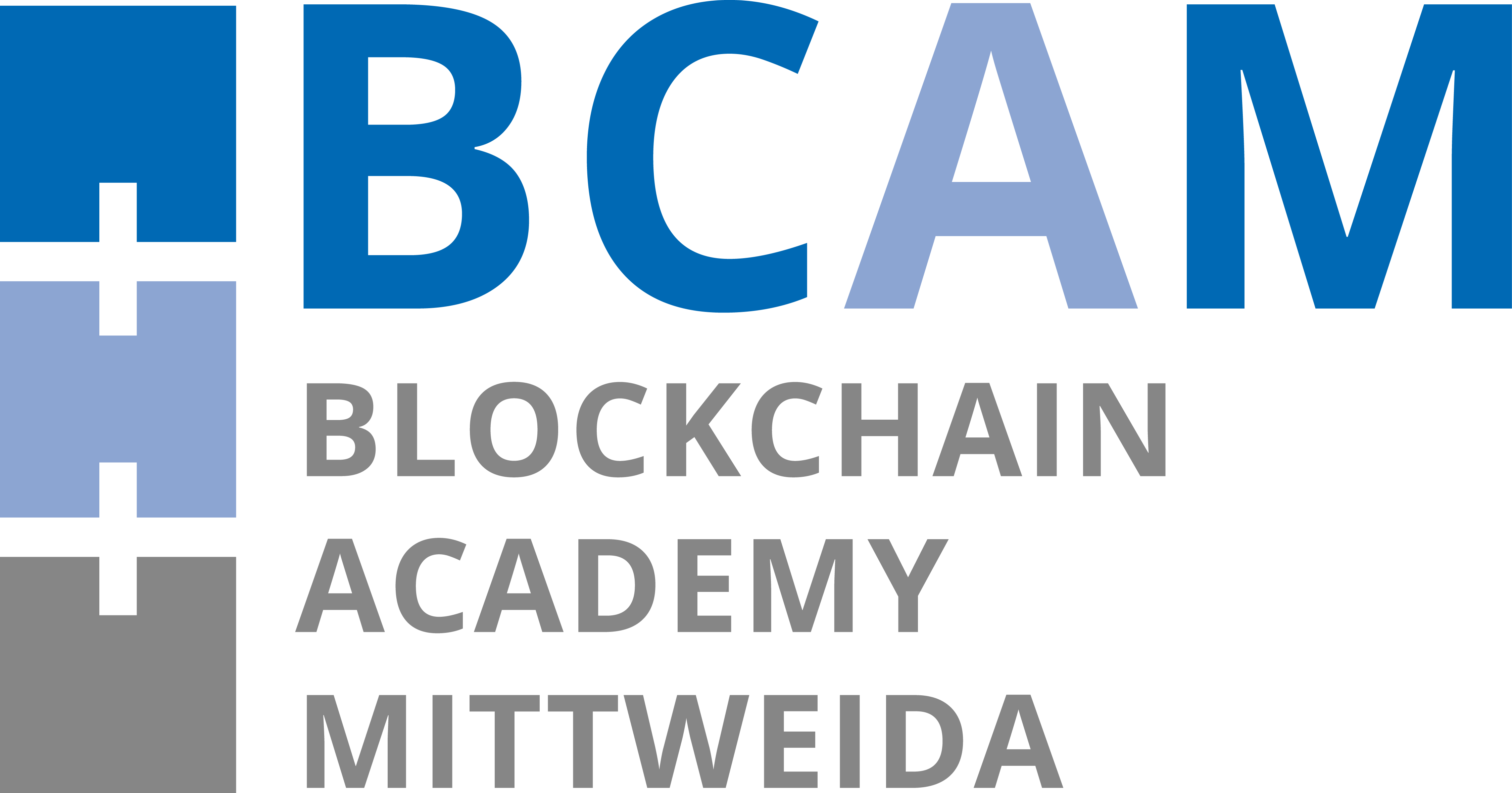The Consensus Mechanism in Ethereum 2.0
Last Updated on 10. August 2023 by Martin Schuster
Ethereum 2.0 employs proof of stake (PoS) as the consensus mechanism. This means that people need to stake a certain amount of ETH (currently 32 ETH per validator) in order to be eligible to contribute to the consensus mechanism.
The stake is to avoid Sybil attacks where everyone can set up an almost infinite number of nodes to gain more influence on the consensus. The stake is delivered in ETH – the native coins of the Ethereum network.
Since ETH is scarce (there is only a limited amount of ETH available), it has a value. So, the requirement of staking ETH in order to become a member of the consensus mechanism limits the influence a person can gain and ties it to their economic interest in the consensus.
There are many different ways how to design a proof of stake consensus mechanism. The problem all implementations have is answering the question of how to select nodes that can create a block and append it to the chain.
In Ethereum 2.0, these nodes are called validators. Validators have two tasks:
- create and propose blocks and
- attest to existing blocks.
The block proposing and attesting are done on the so-called Beacon chain.

 Register
Register Sign in
Sign in